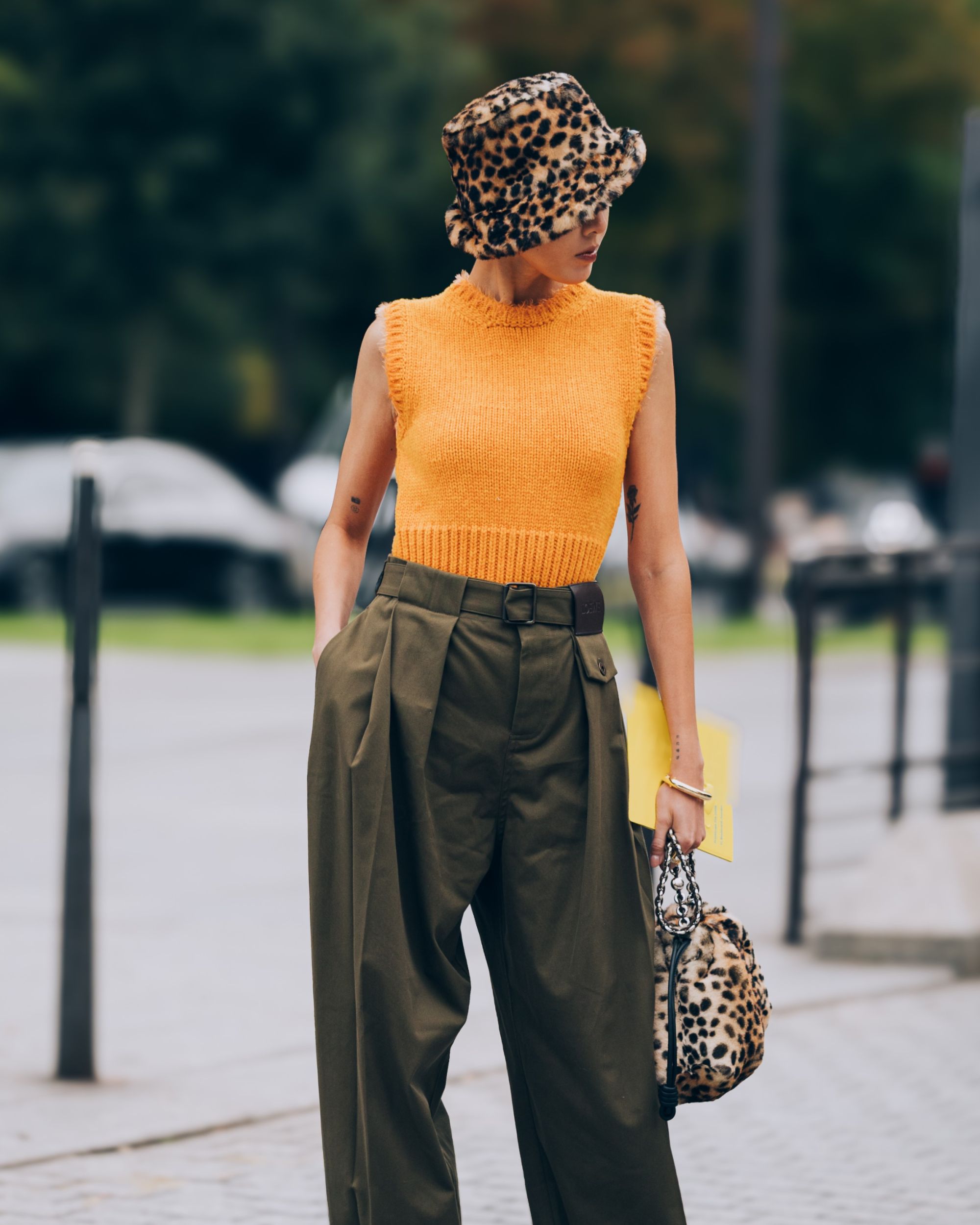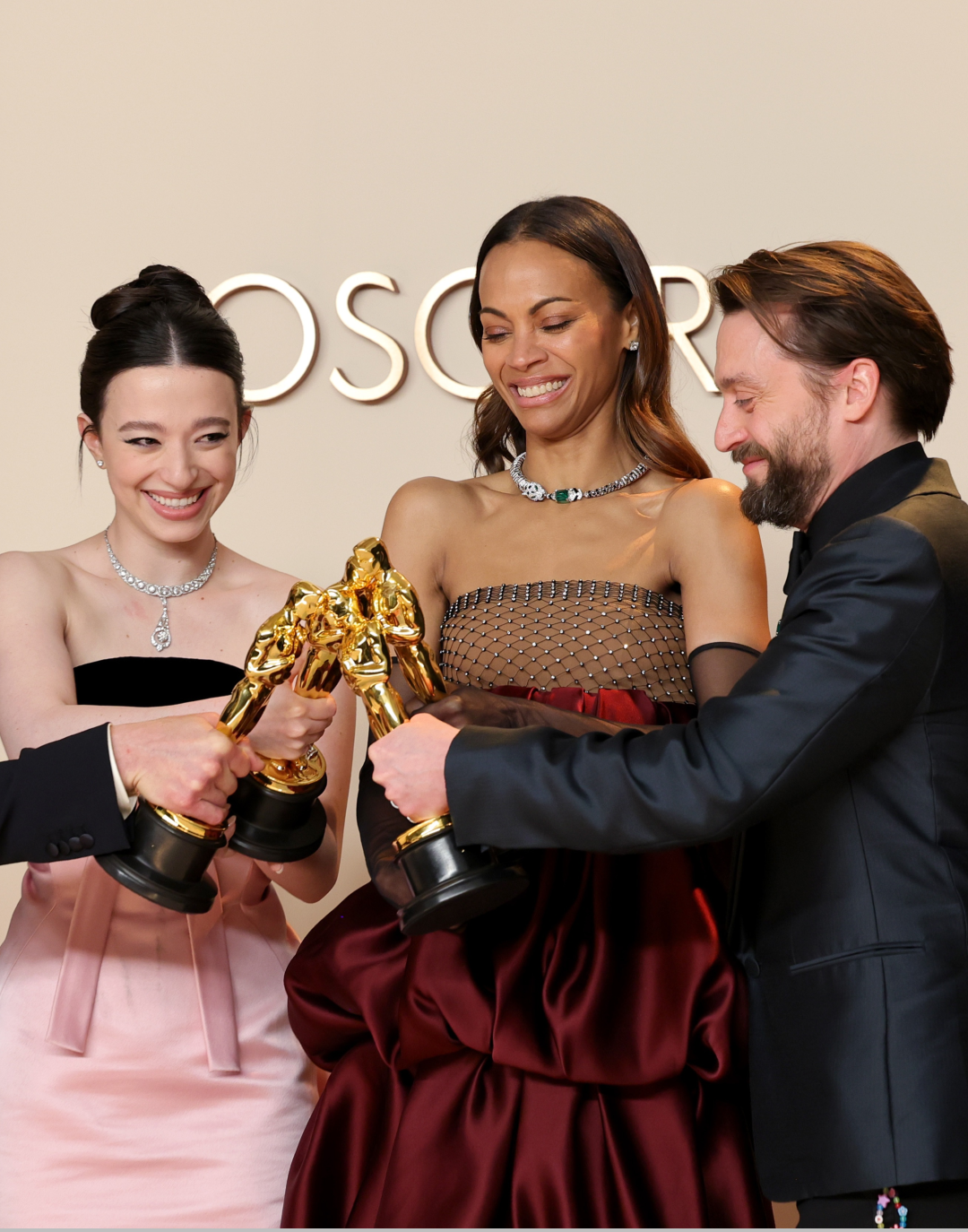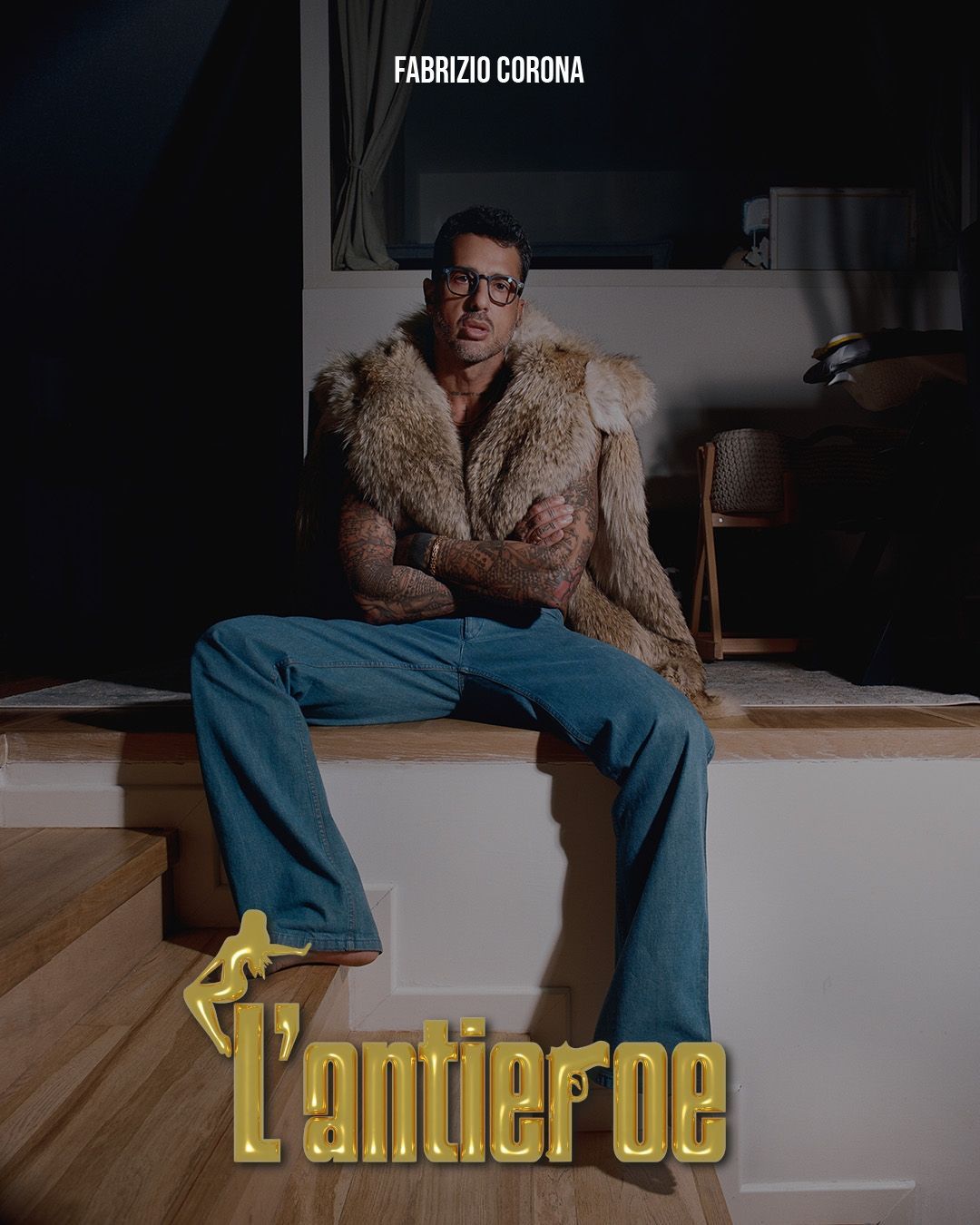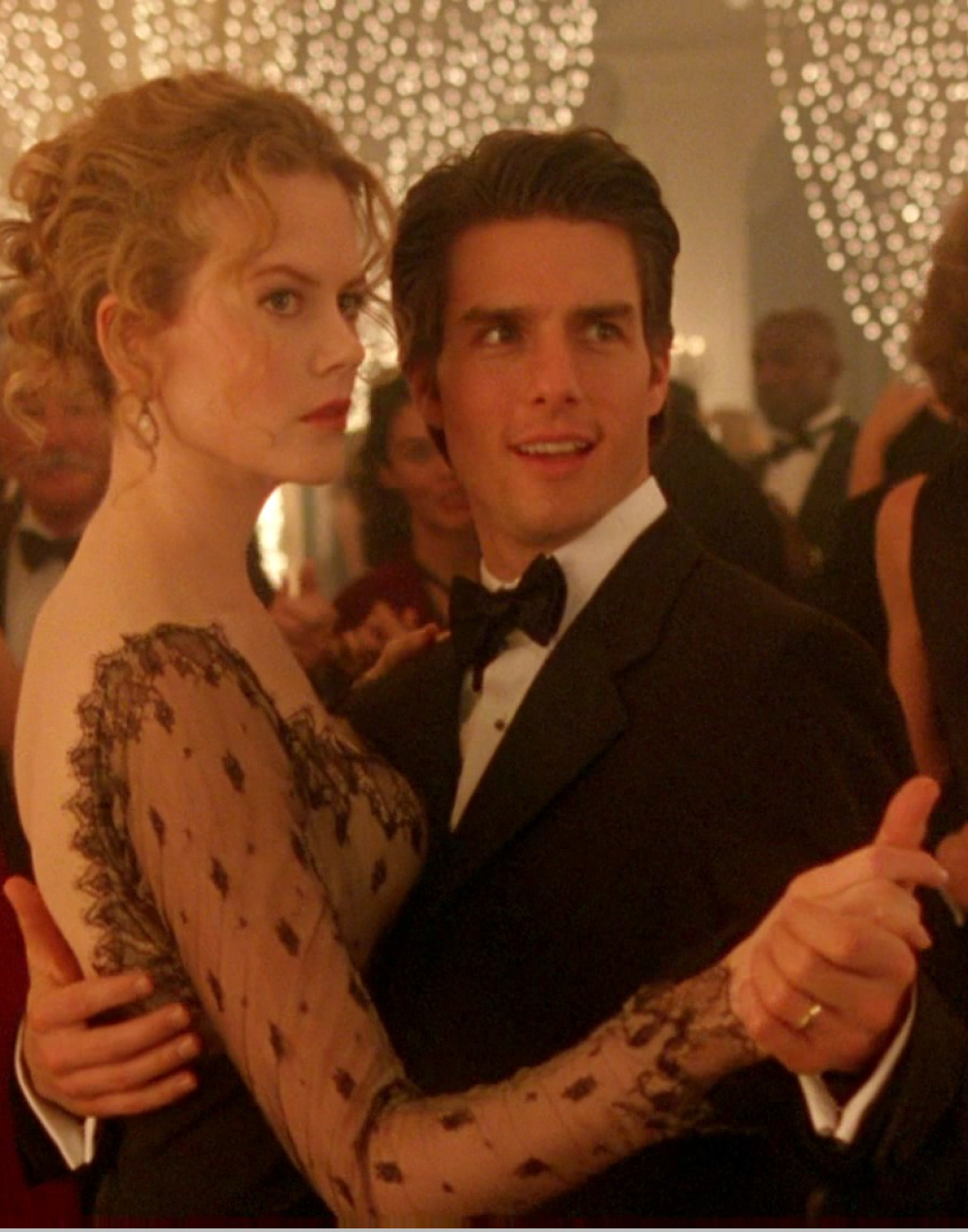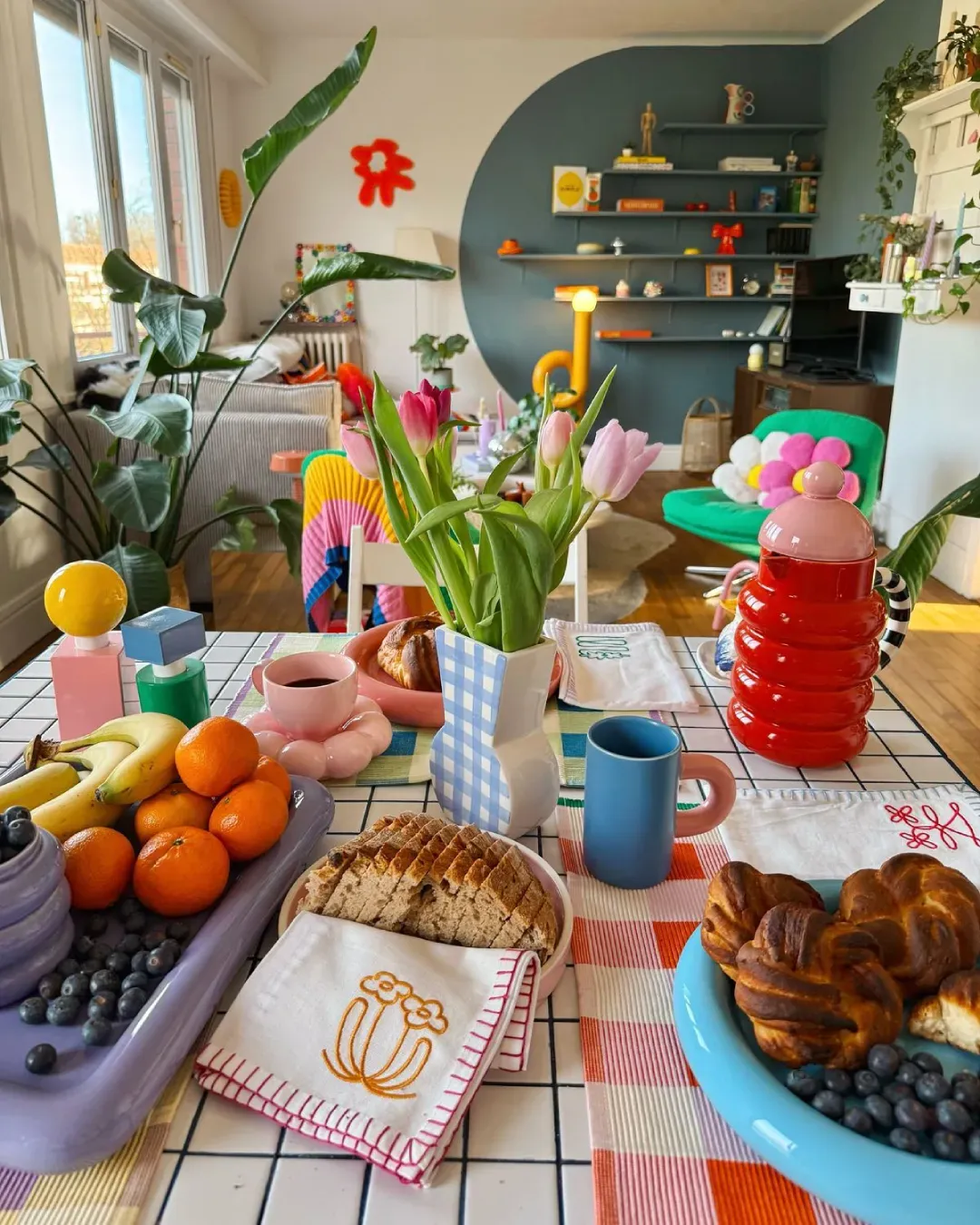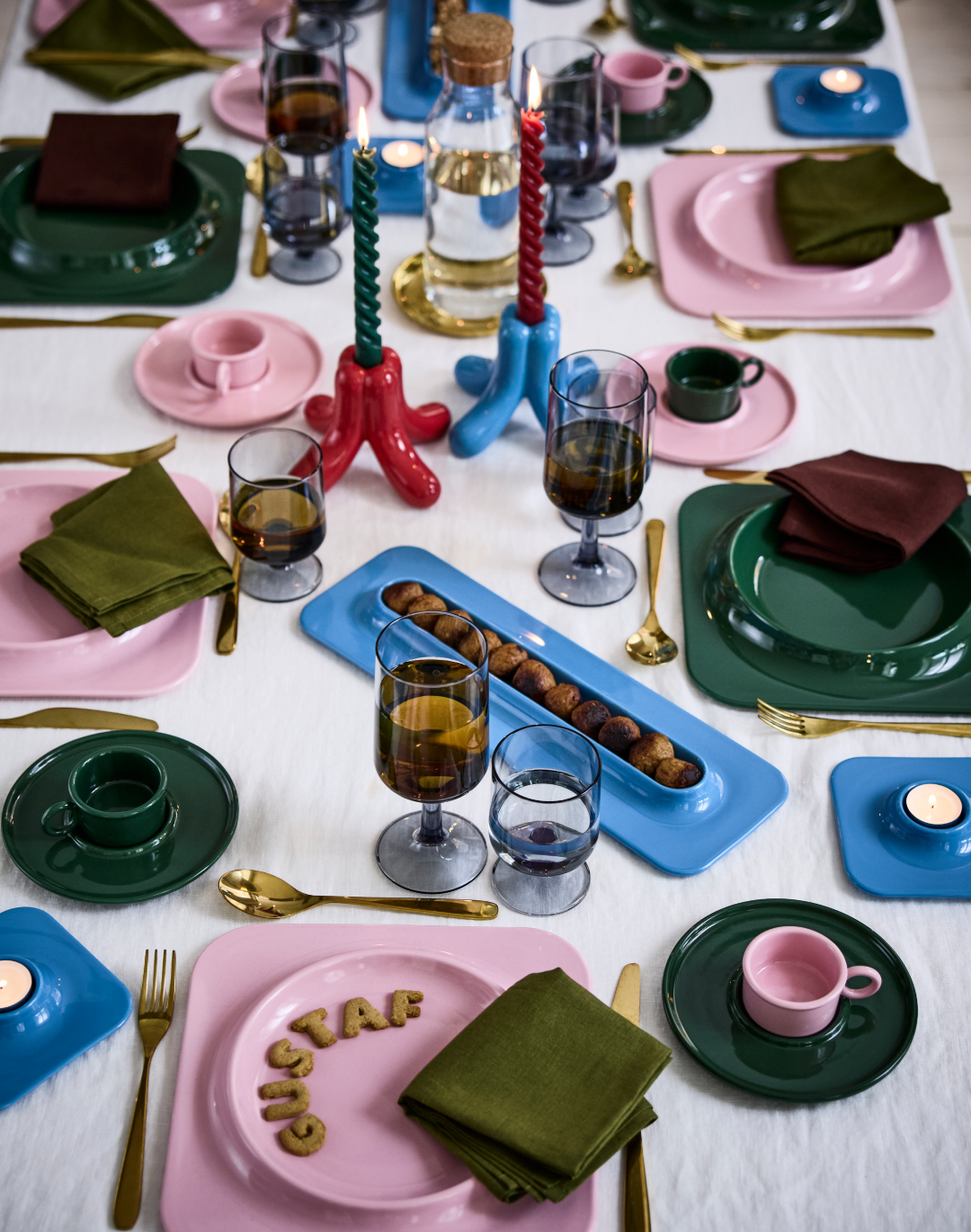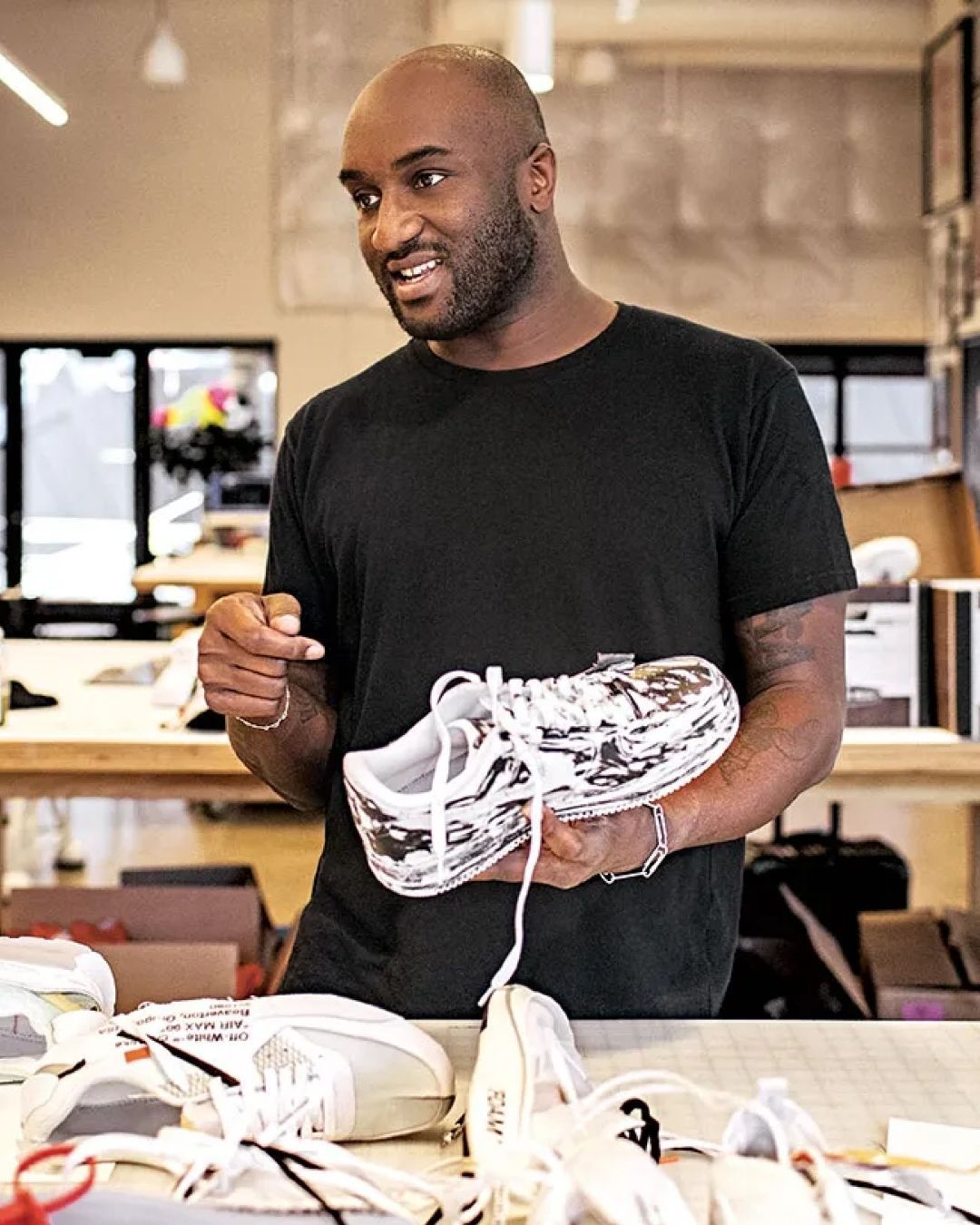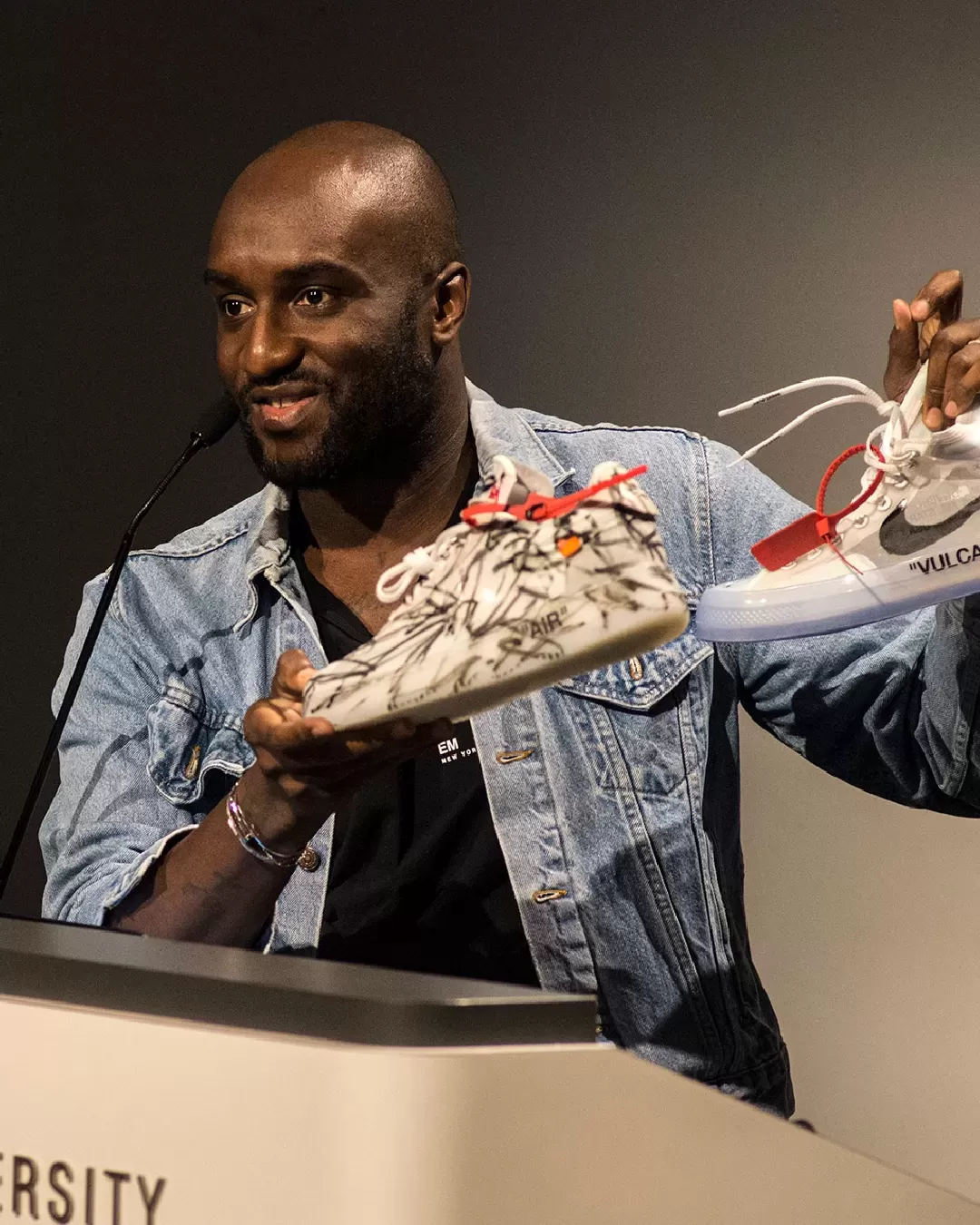
Here's why the Art Director is a figure you should not underestimate From working in the shadow to being popular trend-setters to follow and copy, here's how this figure has gained popularity
We are constantly hearing about "Art Director” in the fashion world as well as in music, but what does art director mean and, above all, what its role is?
If you check the definition online, you probably will find something like:
"It's a professional figure specific of advertising communication who is responsible for the visual, graphic and printing press aspects of the communication os a product or service”.
So, it's an artistic figure who works in the shadow, behind the big names, to create very well- packaged products who make us crazy. We can say that the Art Director is such stuff as dreams are made on, which knows our every desire and is able to make it real in a user-friendly format. However, today more than ever, the Art Director seems to have gained visibility and a greater recognition by artists and, above all, the public at large, starting to shine with its own light.
Art Directors are now the new celebs, the new Instagram influencers to follow and from which to steal every inspiration. If until recently this figure was almost unheard to most, now it's not so unusual to know many art directors who work beside big names of show business. The most famous case is maybe Virgil Abloh who, from being a Chicago student, has become the Kanye West's right-arm man during the last 14 years, working on the rapper's image in every detail, until he has become a celeb by launching his own brand and emerging in the fashion system. But there are also other names like Marc Kalman and La Mar Taylor, which collaborate respectively with Travis Scott and The Weeknd, and many others who works constantly with all your favorite performers.
But why has the role of Art Director become so important in music universe?
#1 The loss of the absolute power of the majors on the artists.
James William Mataitis Baile, aka Jimmy Yayo, Rihanna and Bruno Mars's Art Director in the past, confirmed this idea by saying to Billboard:
“There was a time when the major label was king – the Britney [Spears] or Justin [Timberlake] era, for example – but everyone was kind of looking the same, everything became kind of mechanical. I know from working with a few artists on major [labels] now, that they don’t want internal creative, and the management doesn't want it either because it feels constrictive a lot of the time. When you have marketing dinosaurs from a label saying ‘oh you should wear this jacket’ – you’re just like ‘no, this is bad.’”
The reason behind the changing could be the ever-increasing diversity of public, which then need more specific, dynamic products in line with the current trends. If before the stars of the show made the rules about trends and “next-big-things”, today it's their public who lanches ispirations from which they take a cue to create someting new that fans can love. To do this there are the Art Directors who run to help the artists: better than others, in particular better than those “marketing dinosaurs” of the major labels, they know the changes, the trends and the tastes of the public, especially of the youngest, and are able to reinterpret them.
#2 The social media.
The today public is constantly bombarded with catchy images, information, video, and stimulations, and it's looking for news and inspirations all the time – and social media are a good way to satisfy these needs. In front of this scene, the artists have to be able to extricate themselves from the infinite creative demands of the public and also able to capture the attention by making their self-image new, but in line with the current trends. Moreover, the Instagram universe is ever more fierce by giving rise to its own idols – more “real” and “personalized” –, which can steal a large part of the people's attention and overthrow the big names of music from their untouchable thrones of success. A mission impossible, but, even in this case, nothing an Art Director can solve.
So, the Art Director is the invisible glue between artists and their fans, it's the magic device who knows people, interpret their desires and re-elaborate them properly for its client. It's not a coincidence that the most popular Art Directors “come from the bottom”, maybe noticed from their web channels or discovered on some socials, because they more than others are in close contact with people and know what they want.
Obviously, this can make things a little bit confused, namely that with socials anybody can be an Art Director now. True, like every other creative area – see the never-ending debate about the emerging photographers on Instagram –, but even in this case the time, and the public, will decide who is worthy of this title.
An other doubt about it, raised by the professor Robert J. Thompson, is how long can these Art Directors maintain their integrity, without running the risk to become themselves those much-feared “marketing dinosaurs”? “The minute something becomes a pattern its own demise is built into that. Pattern destroys innovation. Pattern suggests predictability, and predictability is anathema to what artists want” Thompson said. It's impossible to ignore this possibility, but I think that when an innovation becomes a standard there will already be a new, groundbreaking idea ready to take its place.











